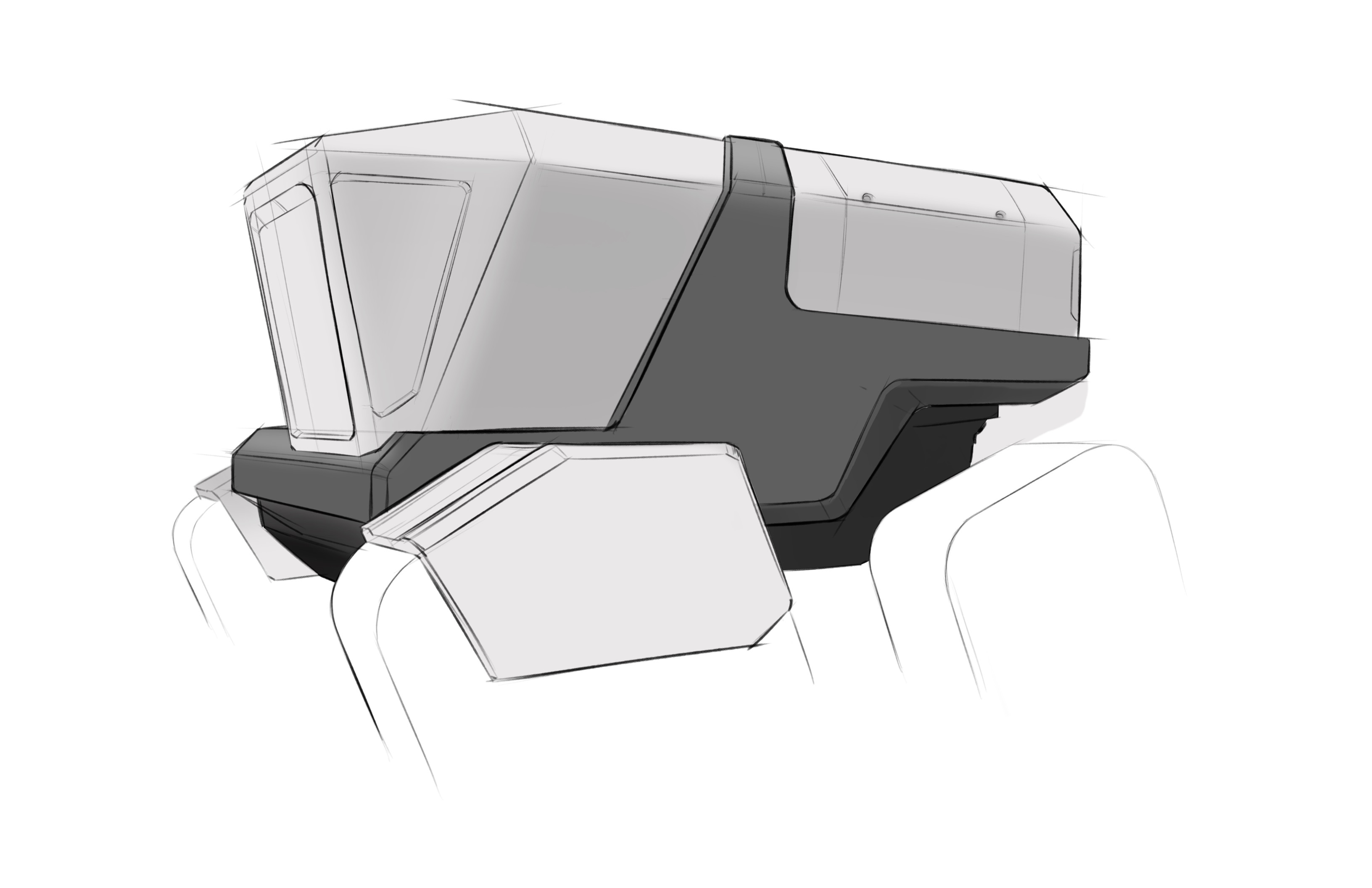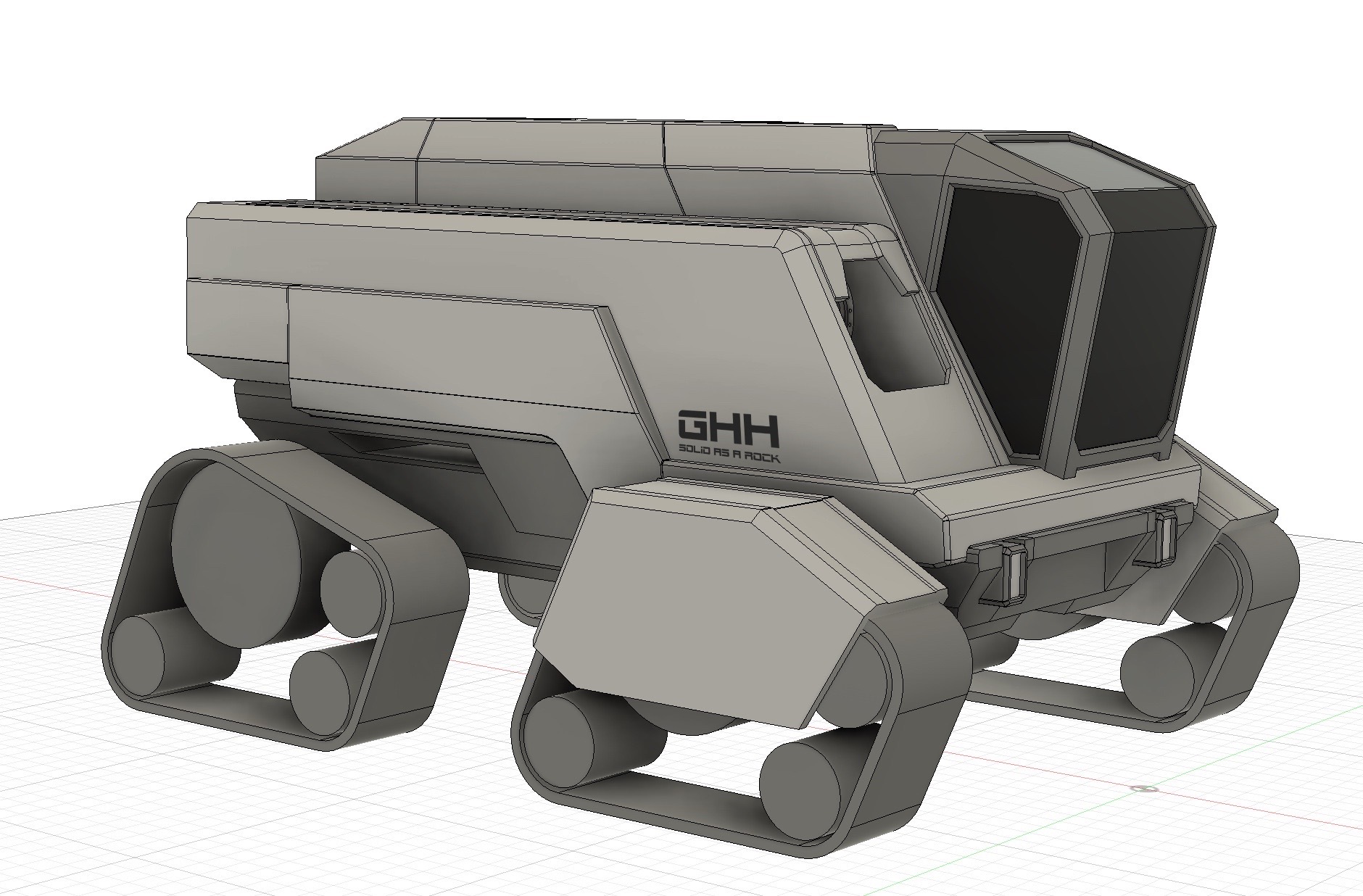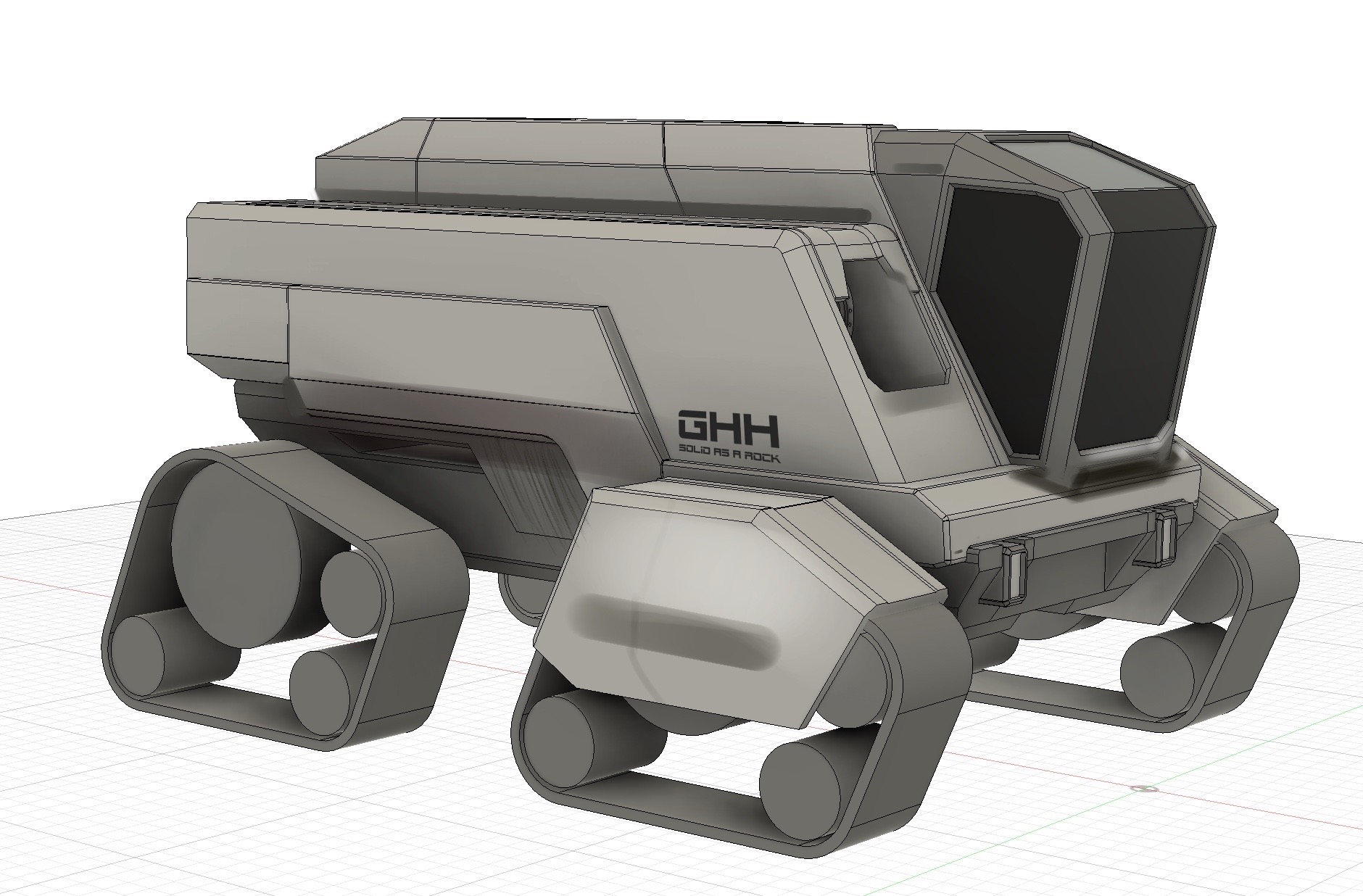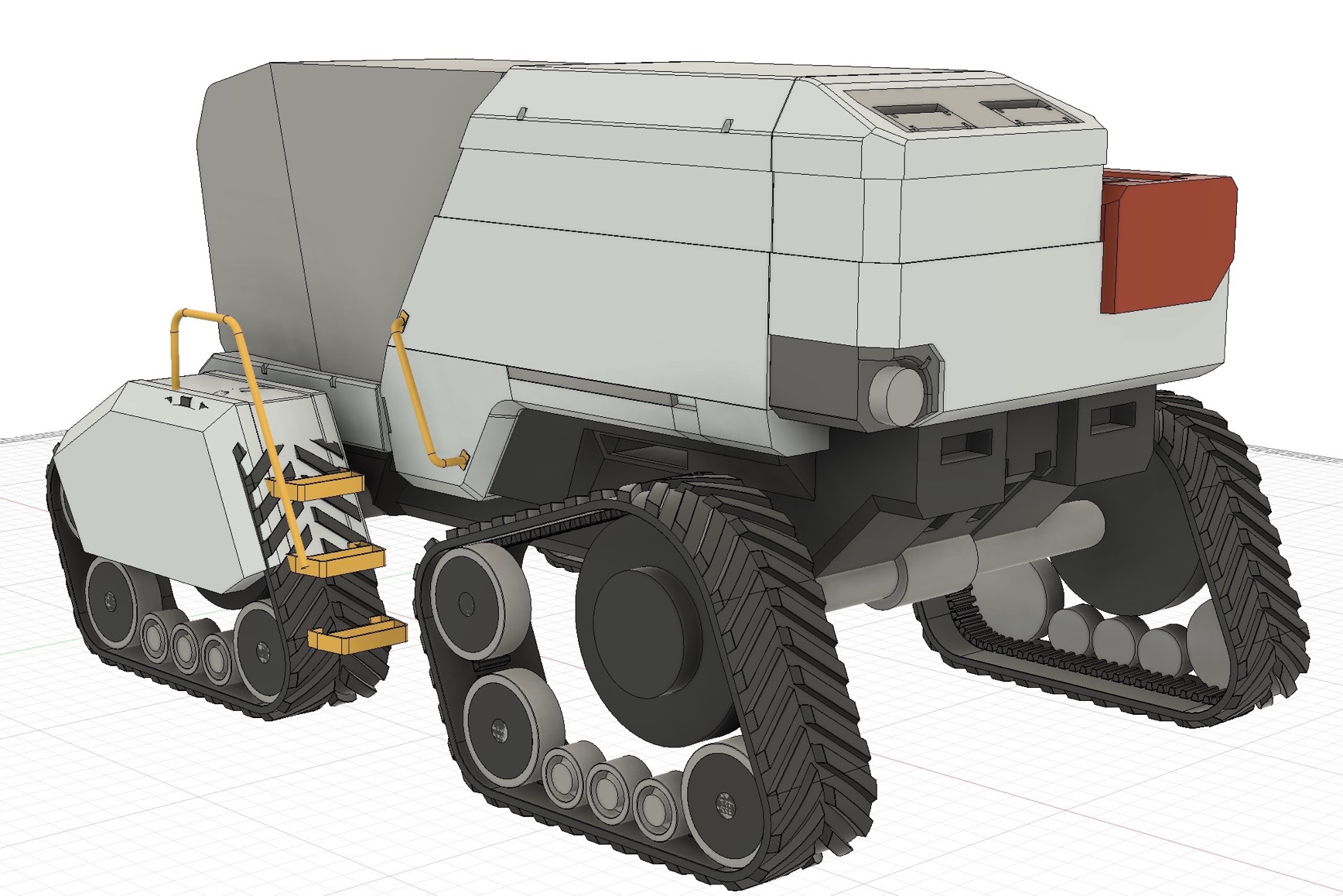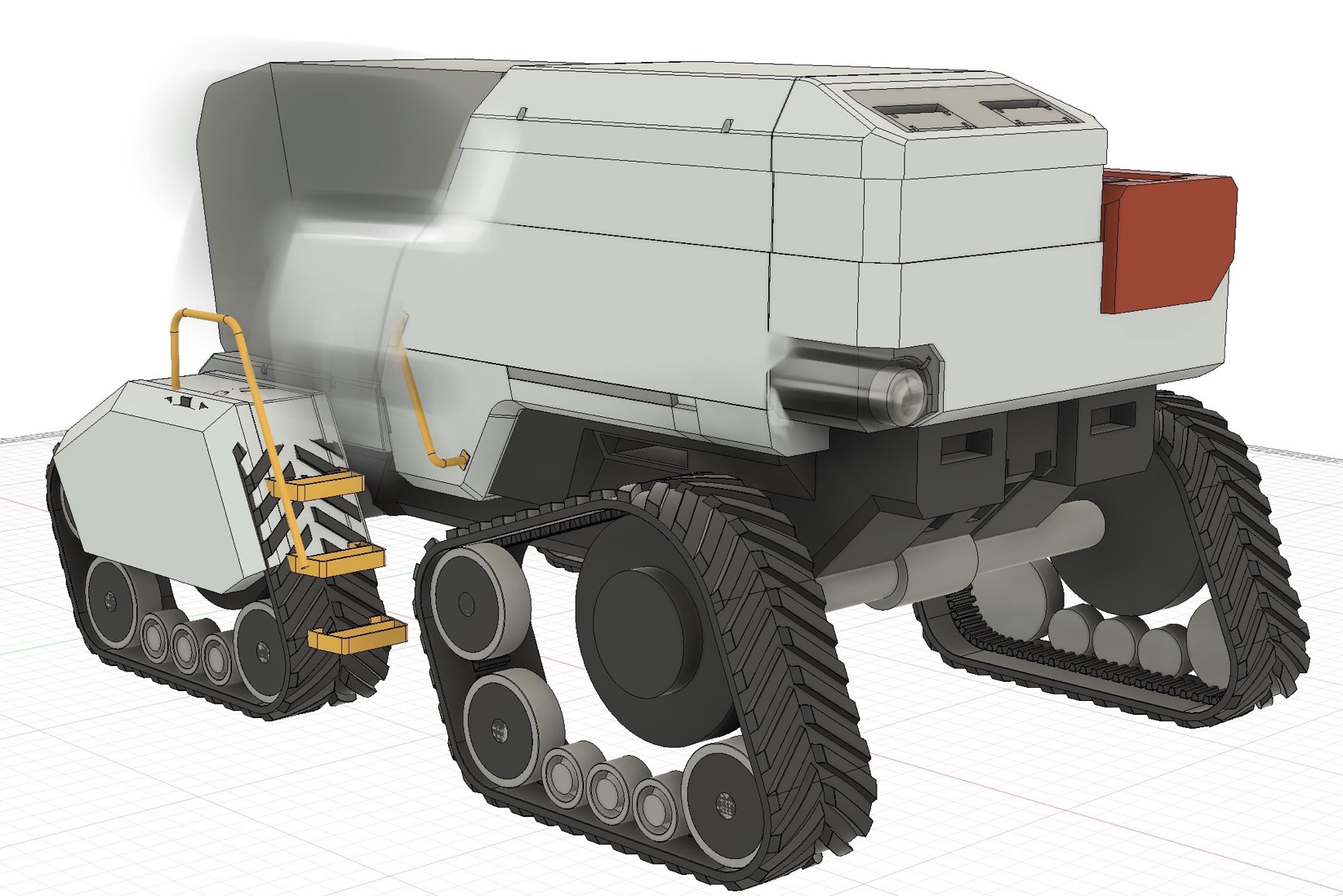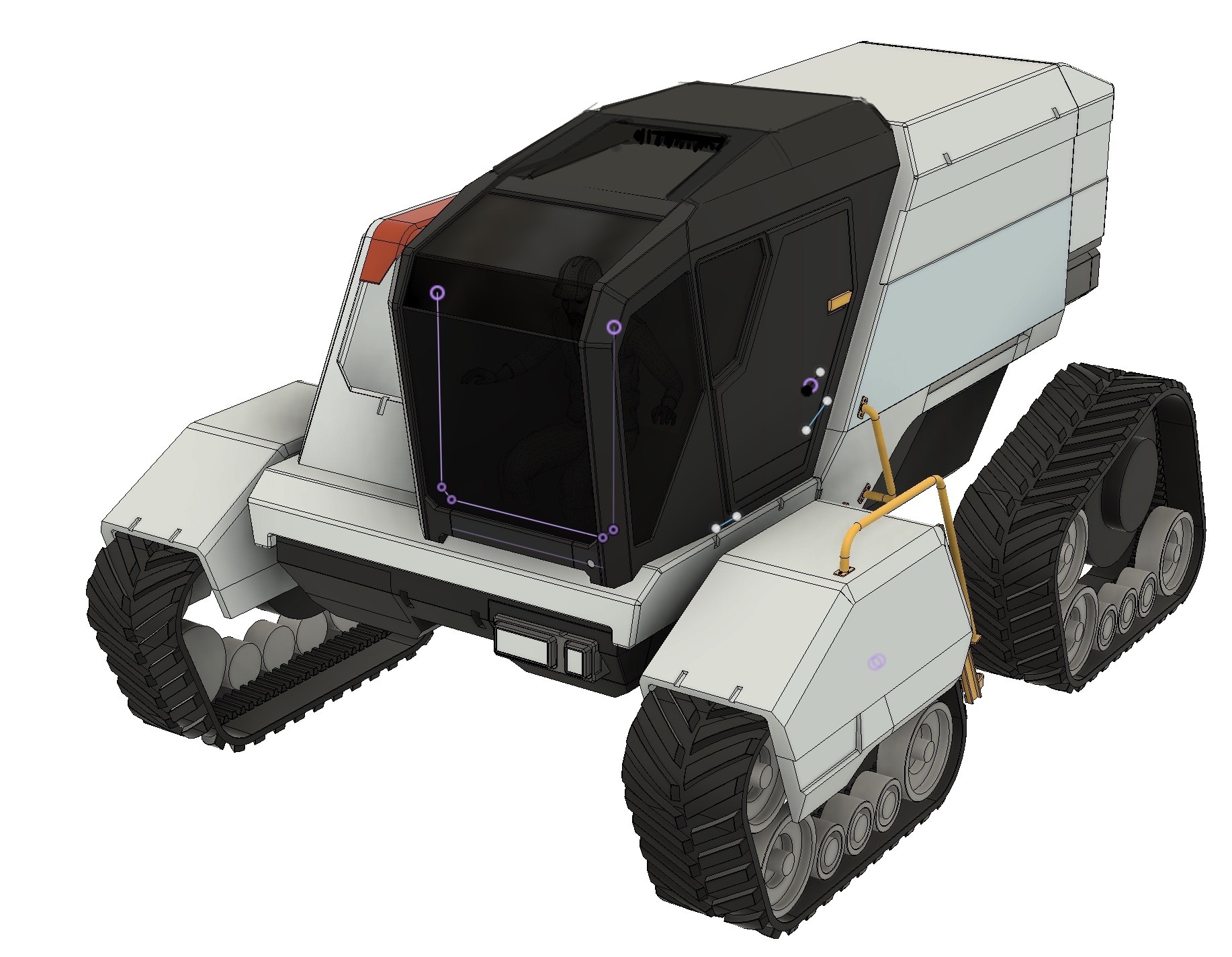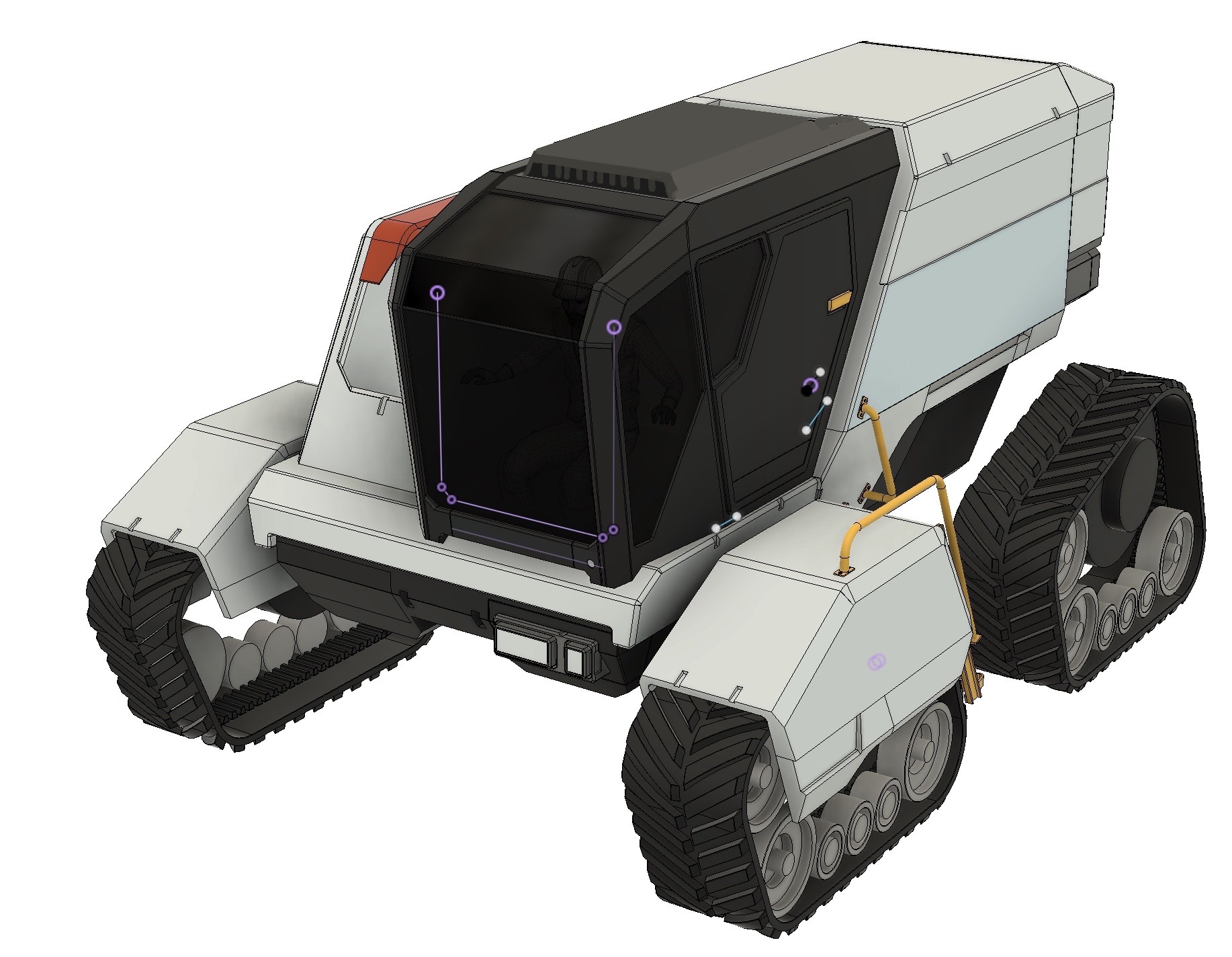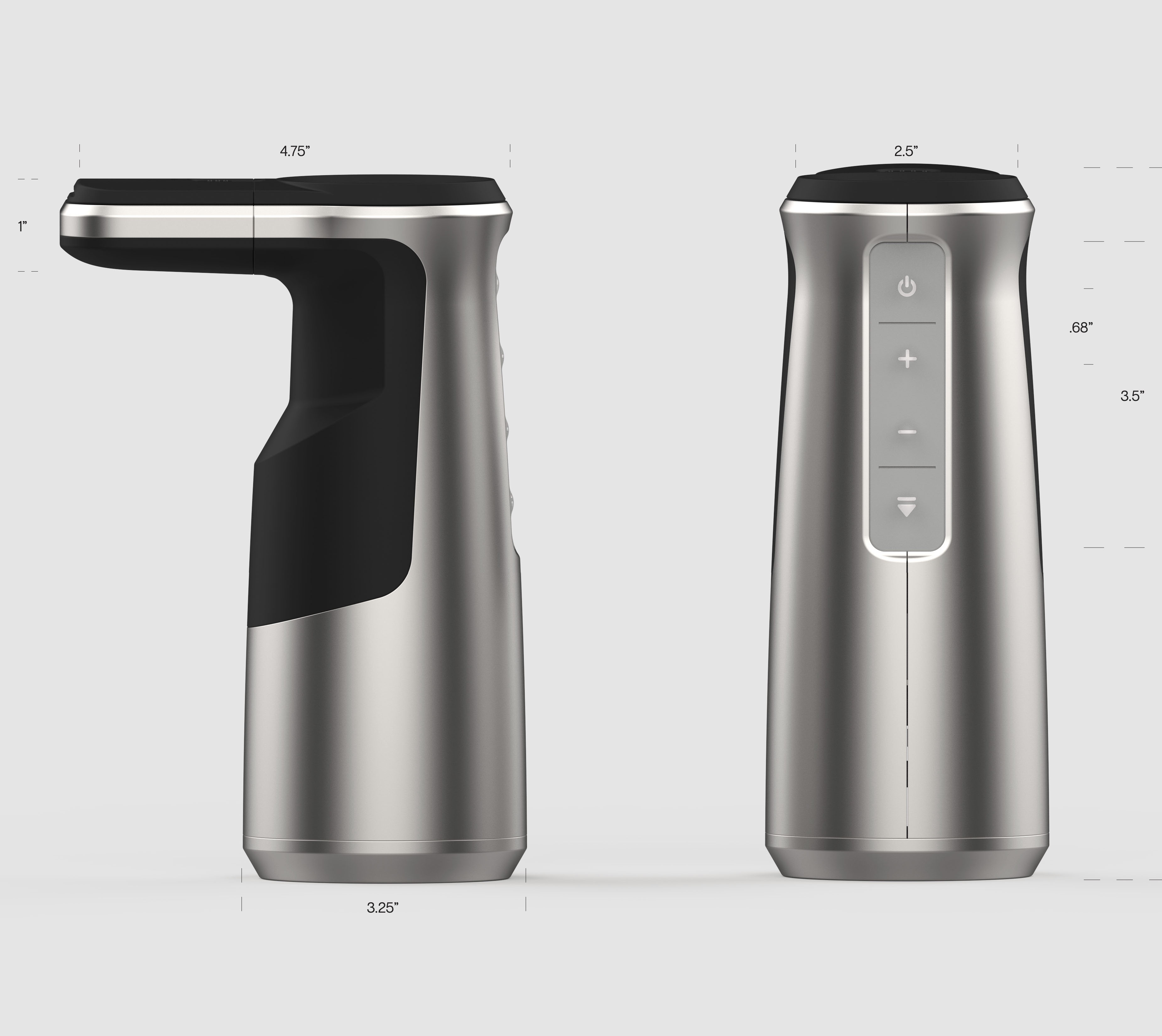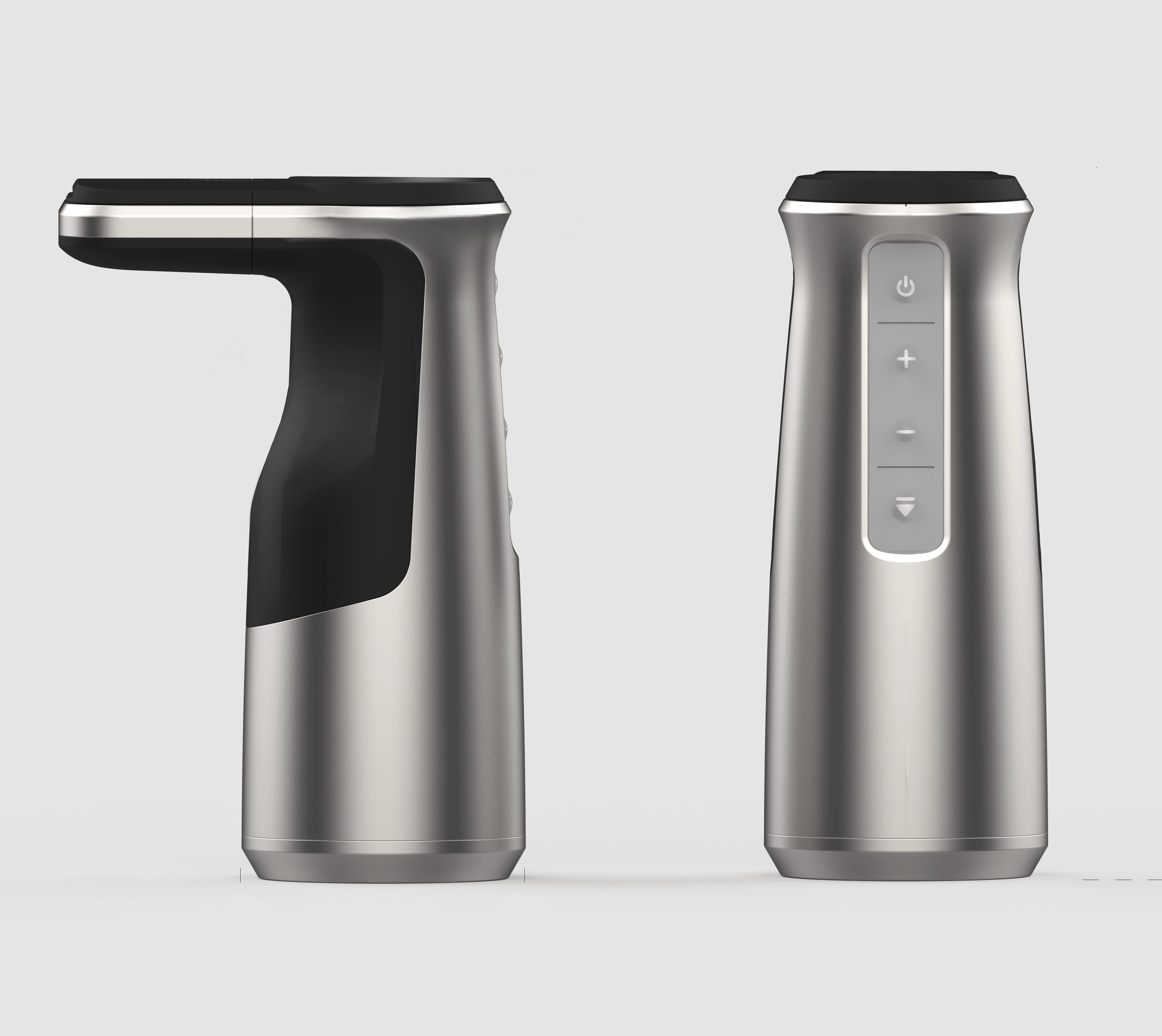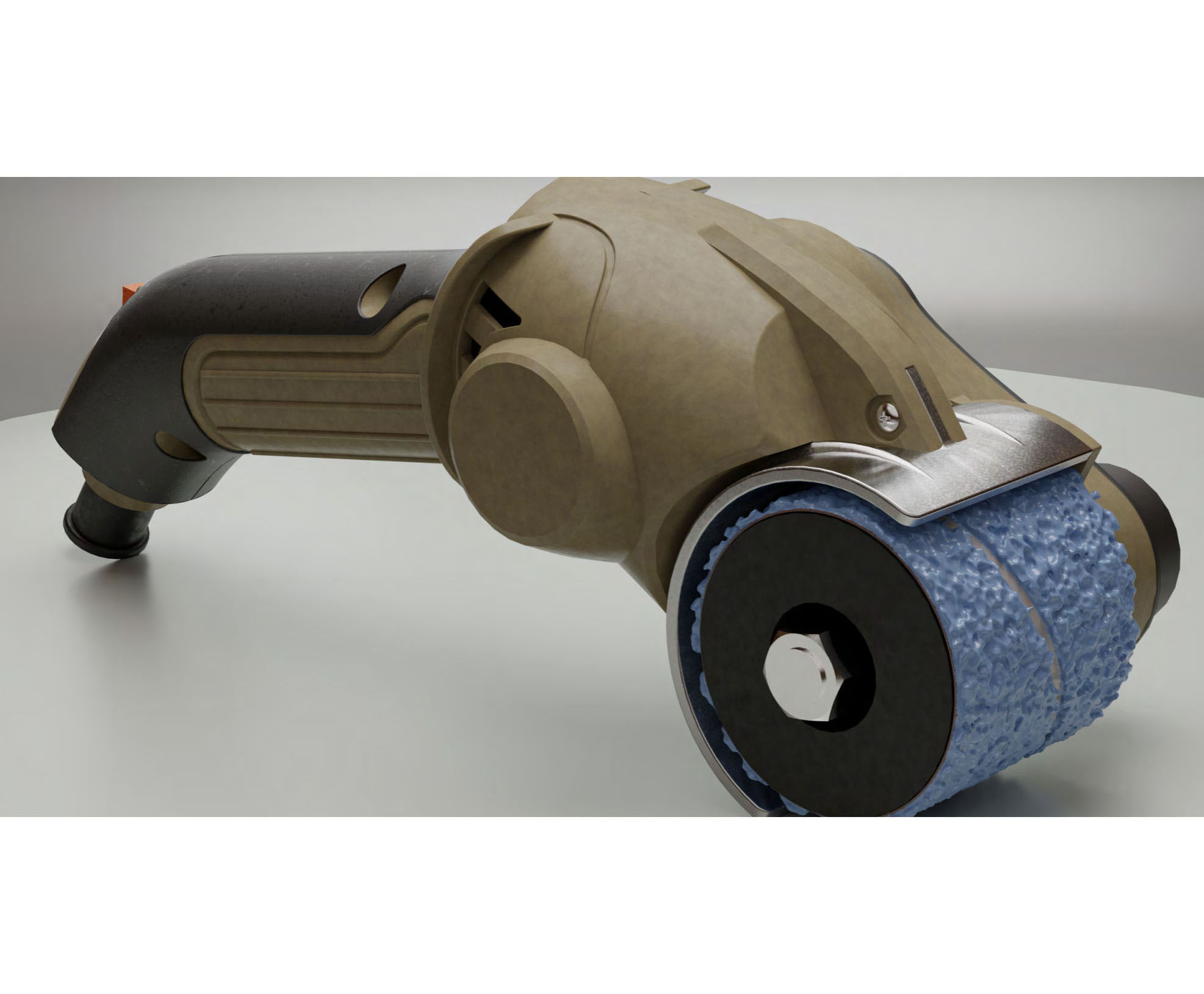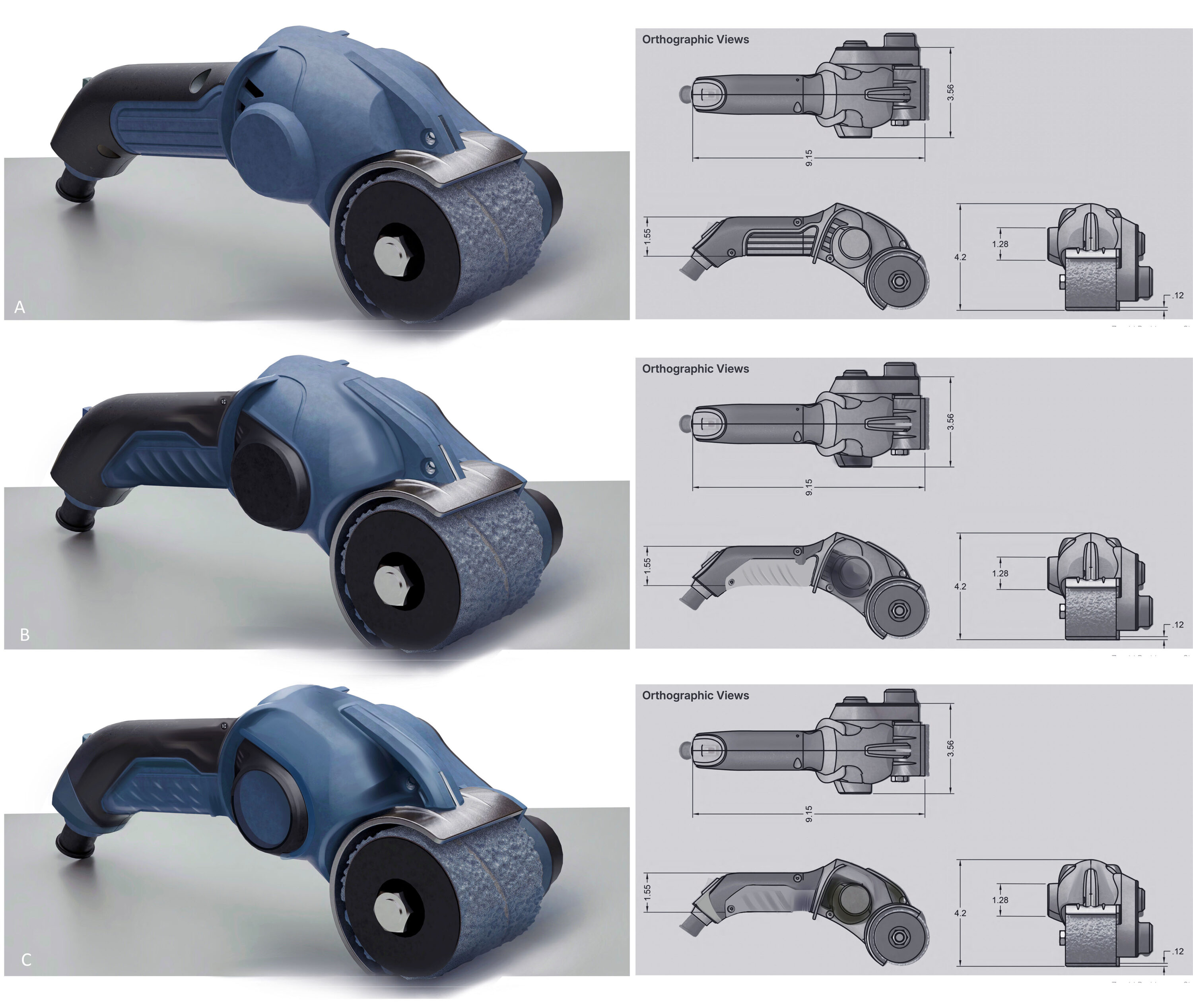The relentless pursuit of 'Better'

At the start of a project, explore widely—sketch many directions, try bold ideas. But when it’s time to narrow down, what really makes a design strong is sensitivity: noticing the little things—When a curve accelerates too slowly, when proportions are off, or when details lose unity. Most people can’t explain why something feels right or wrong, but they can sense it. As designers, your job is to train that sensitivity and back it up with clear design reasoning, so your work isn’t just different—it’s better!
Early Sketches Capture
Stance & Attitude
More Structured Refinement
Establish Clarity and Feasibility
The ability to move from free imagination to structured refinement — while carrying the spirit of the original idea through layers of technical and business considerations — is what allows a product to resonate with users and still succeed in production.
High Fidelity Iterations
Master visual literacy to shape perception.

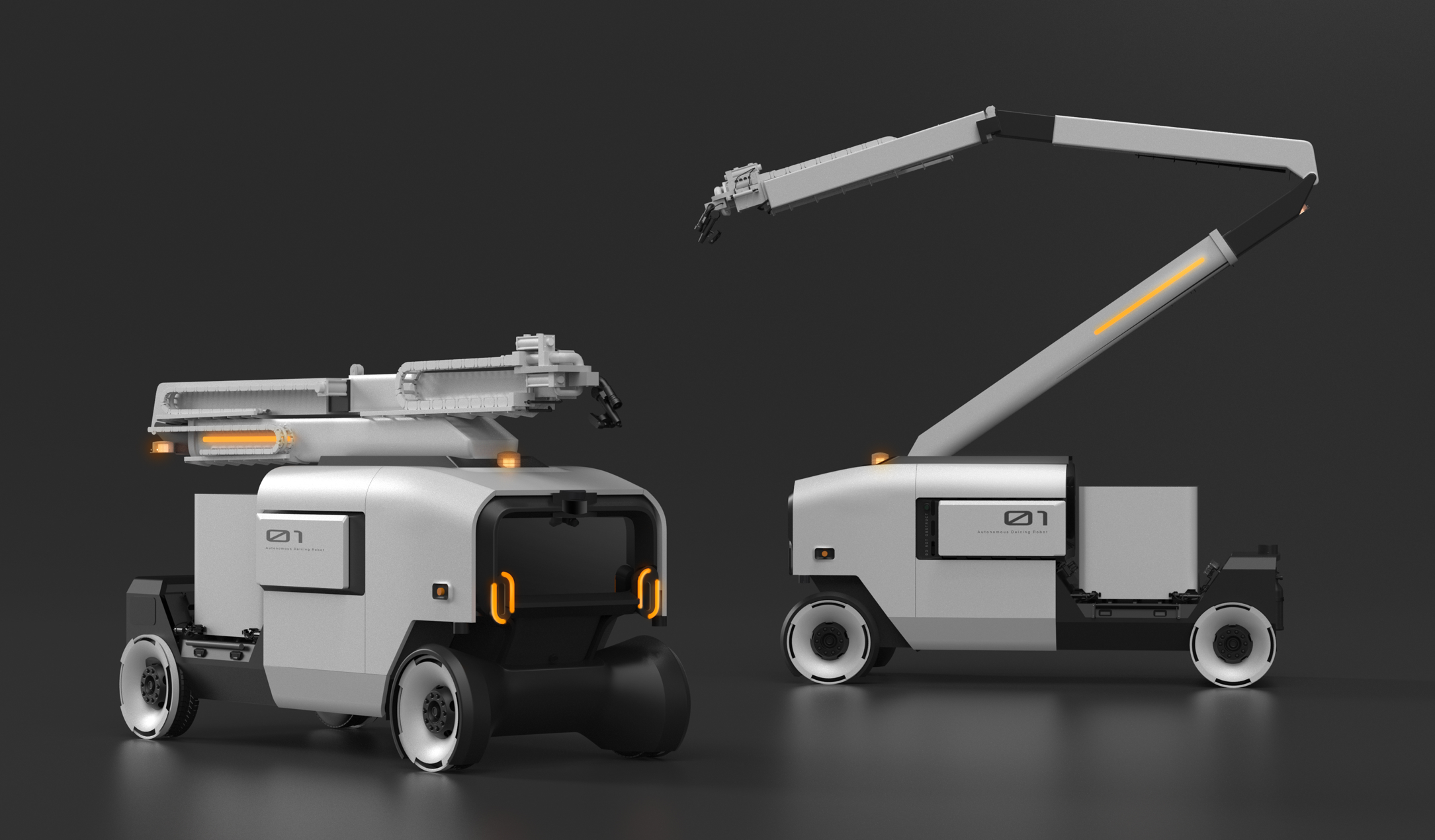
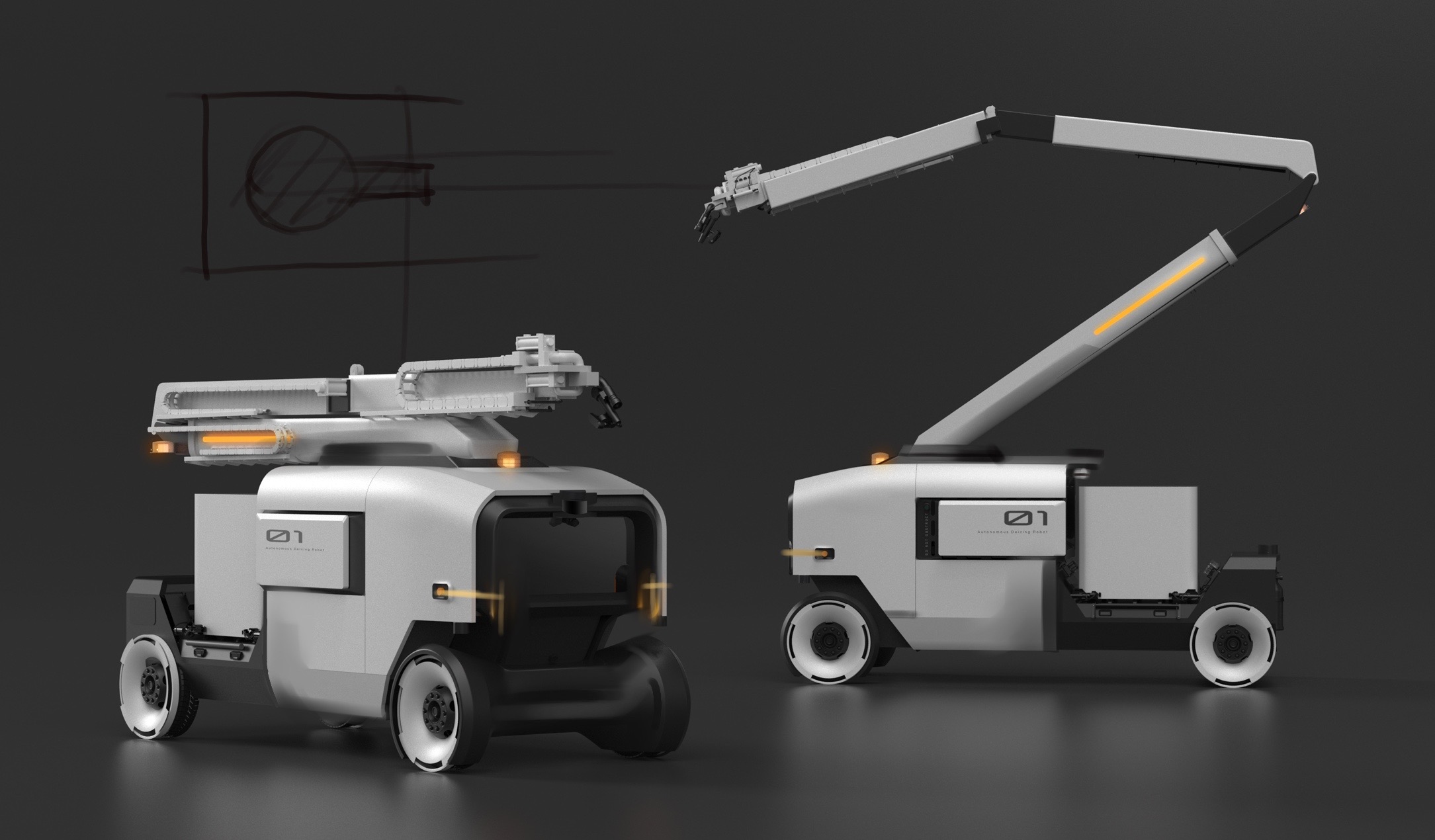
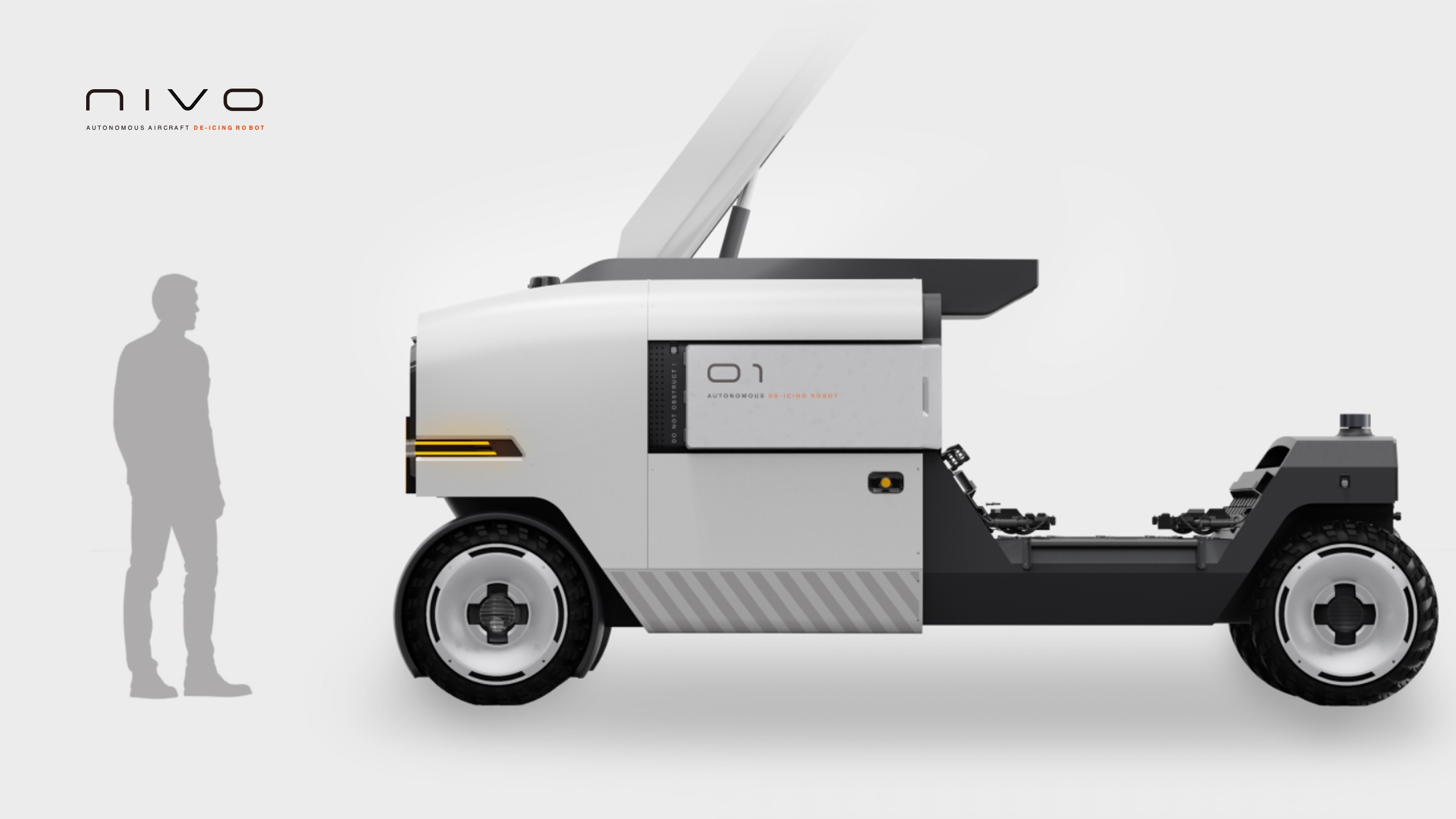

Thinking with Light
